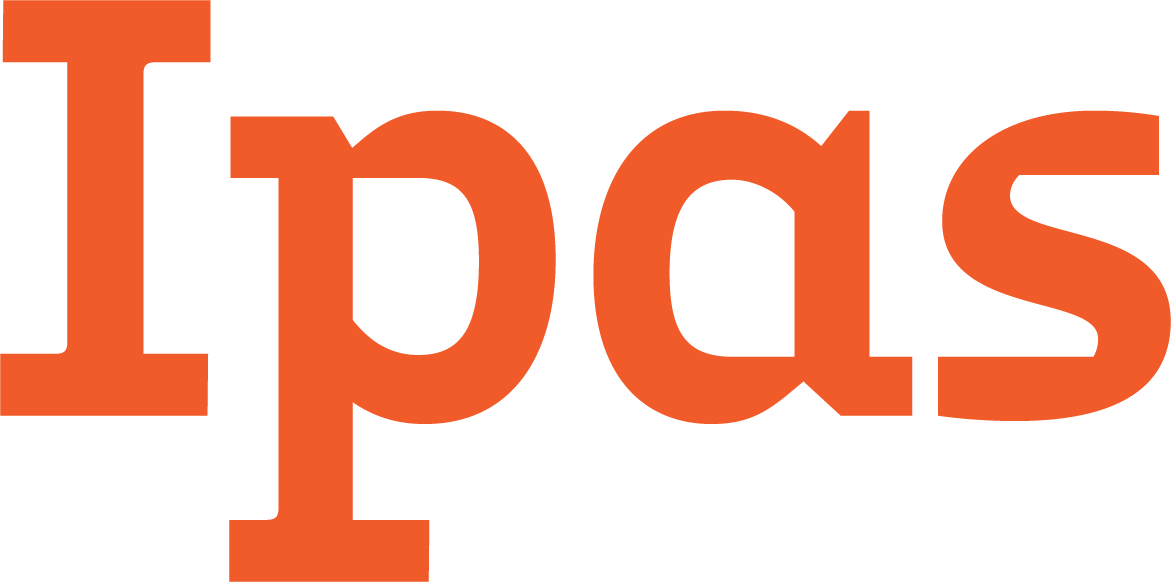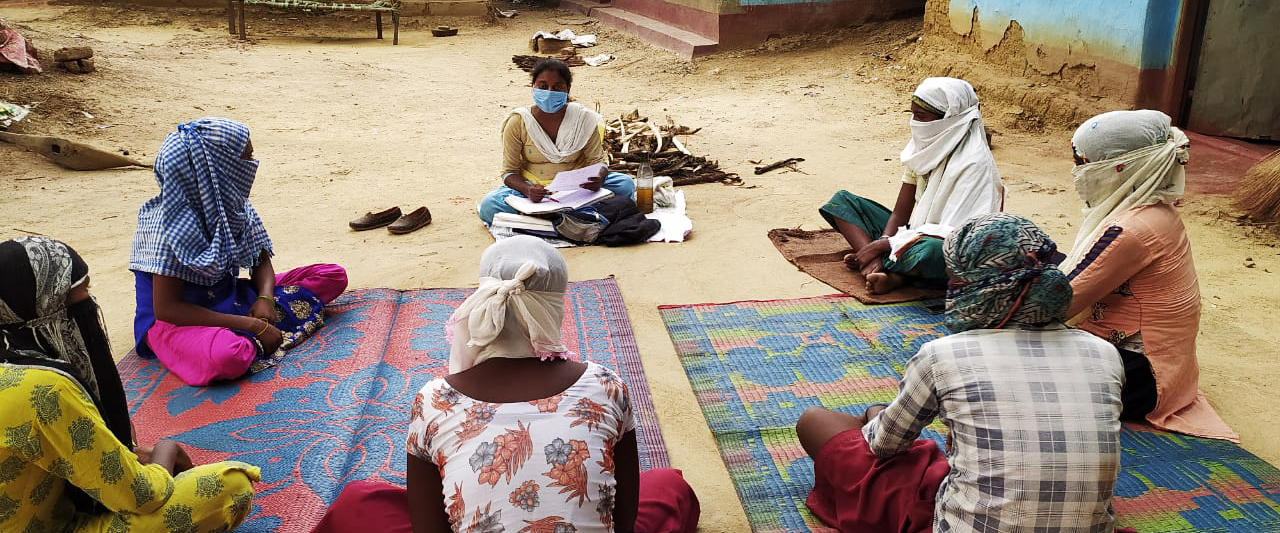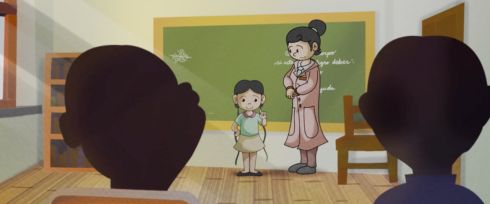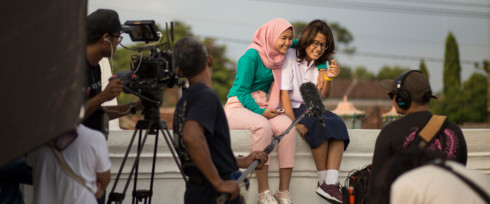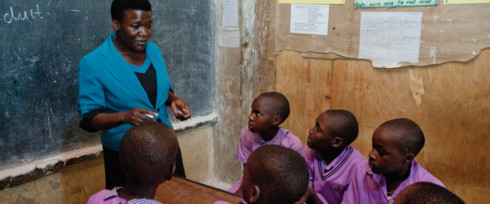Experts share how the pandemic is pushing us to think differently to advance girls’ rights—and access to health care and education
The COVID-19 pandemic has profoundly affected the ability of young people and girls to access sexual and reproductive health services—and the comprehensive sexuality education that would help them know their rights and how to find the health care they need.
In an Ipas-hosted “Critical conversation on abortion” held to commemorate International Day of the Girl on Oct. 11, six experts on girls’ sexual and reproductive health and rights convened to discuss how we can best meet girls’ needs now and beyond the pandemic.
Girls face many challenges due to COVID-19
The pandemic has caused social isolation for youth and has increased the risk of violence and exploitation, poor nutrition, unintended pregnancies and rates of school dropout. According to the Global Partnership for Education, “more than 80% of the 1.2 billion children currently out of the classroom due to COVID-19 are in developing countries, where school closures are compounding an already urgent learning crisis.”
“Millions of them will never return to the classroom; we know that from other health crises, like the Ebola epidemic in West Africa,” said Cecilia Espinoza, Ipas senior advocacy advisor, during the Oct. 11 webinar. Indeed, during the Ebola crisis, teenage pregnancies increased sharply—and early data is showing the same increase among out-of-school youth during COVID-19.
“With homeschooling and working at home, girls are more deeply burdened with domestic work and care at home right now,” added Eugenia Lopez Uribe, Girls Not Brides’ head of engagement in Latin America and the Caribbean. “The economic impact of the pandemic might also lead to more child marriages. Twelve million adolescents get married each year; we expect this number to rise due to COVID-19.”
Because of the many obstacles the pandemic has created—such as governments diverting resources to COVID-19 response, fear of visiting health centers and restrictions on travel—we know that girls’ access to sexuality education is more limited now, explained Alexandra Pärnebjörk, advisor on SRHR in emergencies with Plan International. This has exacerbated online inequities—40 percent of access to SRHR information is online, but not everybody has convenient internet access. And for those who can get online, Pärnebjörk pointed out that the internet is not equal, and “girls are experiencing harassment and stigma there.”
Opportunities during COVID-19 and beyond
Without a doubt, these experts agreed, we need to adapt existing programs and create new activities to address our new reality—working in partnerships, across issues, with a multi-sectoral approach.
We need to think about how we can get services to adolescents right now, said Marina Plesons, with the World Health Organization’s Adolescents and At-Risk Populations Team in the Department of Sexual and Reproductive Health and Research. Alternative health-care delivery systems can include telemedicine, pharmacies and community-based access points, she said, highlighting an important joint resource, “Not on Pause: Responding to Sexual and Reproductive Needs of Adolescents in the Context of the COVID-19 Crisis.”
In Malawi, like so many countries, with schools closed, health facility services restricted, and long periods with young people at home, “the initial response plan was silent on sexual and reproductive health and silent on young people,” said Pansi Pam Katenga, Ipas Malawi country director.
Ipas has worked to keep reproductive health care, including abortion, essential during the pandemic. And, said Katenga, “we engaged young people.” Youth champions, she noted, are a direct, safe and honest link between communities and the health system.
“It’s crucial to shift power to girls and young women,” said Aissata Sall, program director for adolescent girls’ rights at the Global Fund for Women. The fund has an adolescent girls advisory council that is made up of girls ages 15-18 from multiple countries around the world. The council has selected eight community organizations to make grants to, and, said Sall, “they are using their voices to tell us what girls need. Girls and young people are living the experience, they know what they need, they can express it and they are teachers. We need to give them the opportunity to show up in their full power.”
Indeed, said Lopez Uribe, we need girl-led responses and we need to listen to girls. “We need gender justice,” she said. And, noted Plesons, girls should not only be at the center of solutions but be compensated for their work and contributions.
“This is a direct call to take our work directly to girls,” said Espinoza in closing.
Watch the full webinar recording

